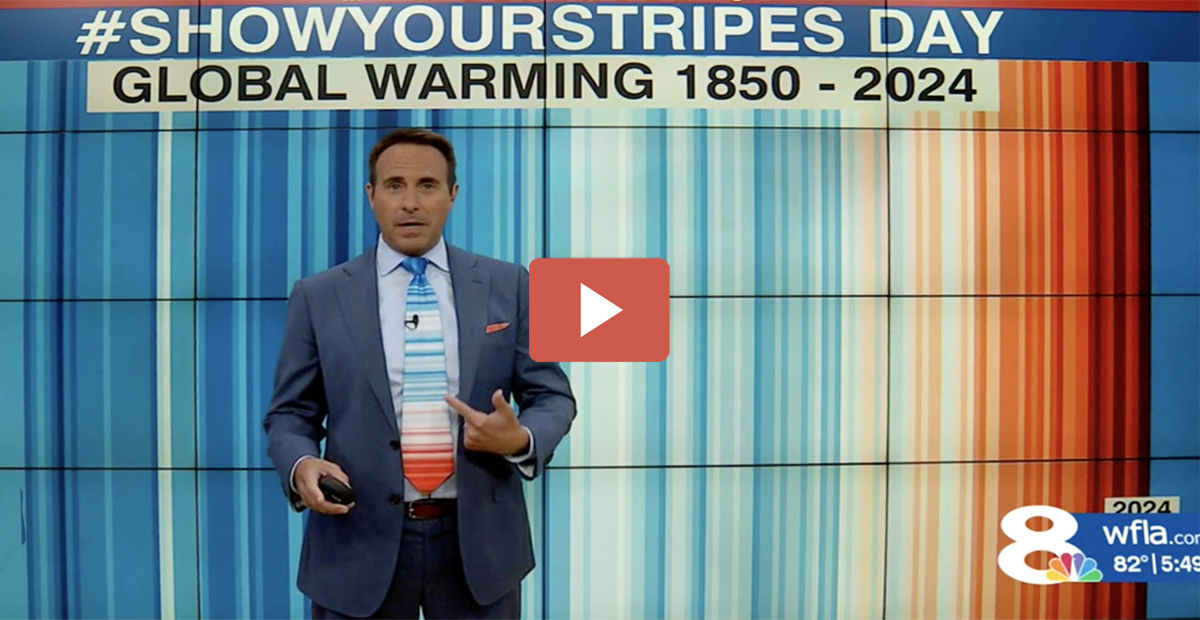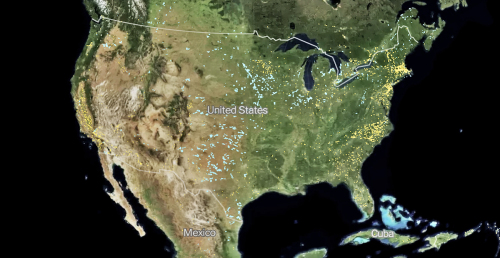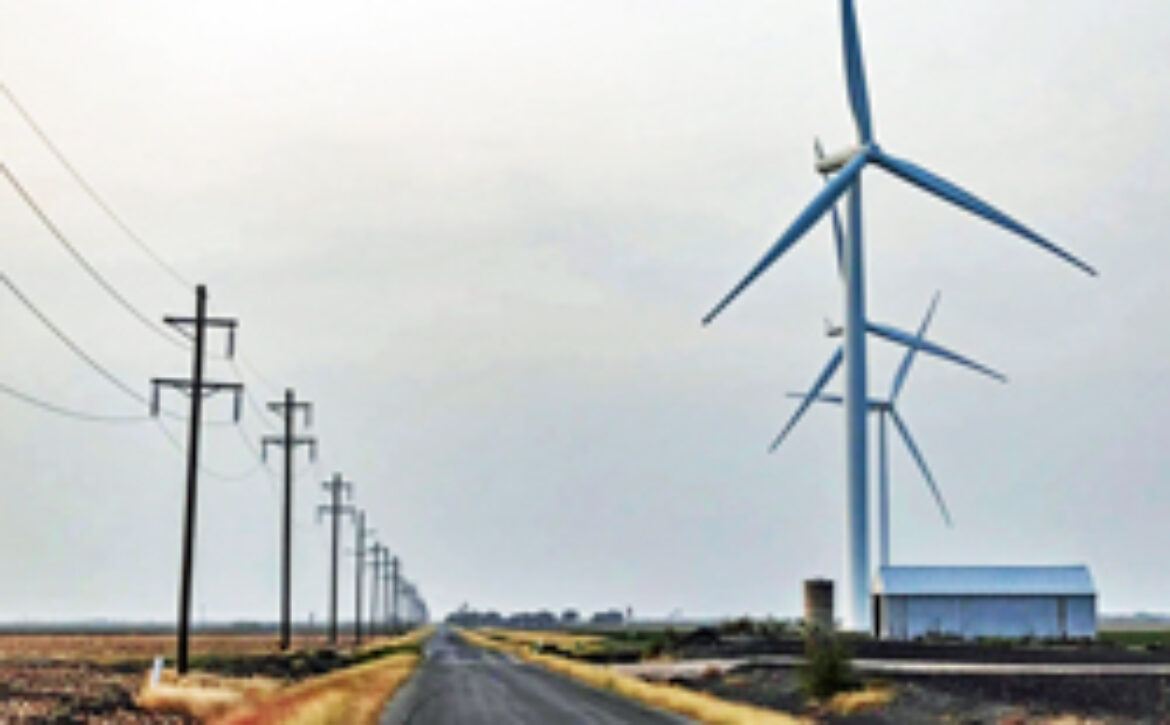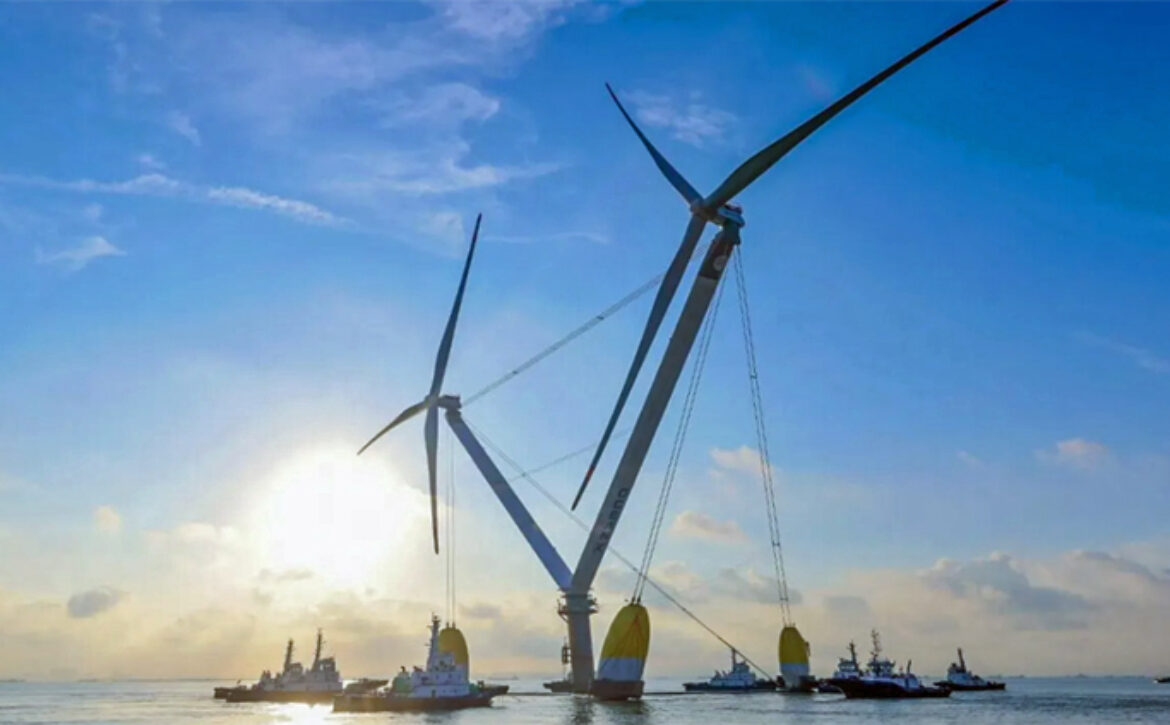June 2025
Dear Friends,
It looks like America is heading for a King Midas moment. You know the one: the king in the Greek myth who was granted by the gods his wish that everything he touched be turned to gold. For a glorious moment he was thrilled, touching everything around him and amassing greater and greater wealth. And then, a horrible moment of reckoning as he tried to eat food and hug his daughter – and both turned to gold. His gift was really a curse, threatening his very existence and his daughter’s future.
Doubling down on fossil fuels parallels that choice – creating fleeting gains but ultimately imperiling our well-being and our children’s future.
We’ve said it before, and we will say it again here – we need fossil fuels for the short- and midterm, and finding safer ways to use them makes sense. We can’t power our economy without them for quite a while. But we can, and should, wean ourselves off of them as quickly as feasible. That means building a more modern energy system that is safer, more reliable, and more affordable. And while the U.S. appears to be retreating, other countries are stepping forward, building this new system based on electrification and a suite of clean-energy sources.
Amazingly, in what is perhaps a true gift from the gods, several of these sources – industry-scale solar and wind – have gotten so inexpensive that, even coupling them with storage, they are becoming cost competitive with building a new fossil fuel plant. And given that the cots solar and wind in the U.S. had been on track to drop another 60% by 2060, you can see just how lopsided this competition is becoming. The real riches come in the savings from scaling and improving these and other new technologies – and from avoiding the escalating damages we are accruing from using fossil fuels at such high levels.
King Midas was released from his curse, but real life isn’t a myth. As we double down on fossil fuels and retreat from the benefits and savings of the new, modern energy system, reversing the damage will be much harder to do.
Sincerely,
Kathleen Biggins
Founder and President
Notable Quote
“Extreme heat used to be considered the ‘invisible peril’ because the impacts are not as obvious as of other natural perils. With a clear trend to longer, hotter heat waves, it is important we shine a light on the true cost to human life, our economy, infrastructure, agriculture, and healthcare system.”
– Jérôme Haegeli, chief economist, Swiss Re Group
News of Concern
It appears that the world is on track to blow past our stretch goal of keeping the global surface temperature increase to 1.5°C, the number agreed upon by most countries 10 years ago in the Paris Agreement. And indeed, we’re feeling it right now. Summer has just begun in the Northern Hemisphere – already, Alaska issued its first-ever heat advisory and 40 states sweltered under a record-breaking heat dome of excessive heat and humidity.
We’re in uncharted territory now. Earth’s atmosphere hasn’t held this current level of carbon dioxide in millions of years, and it’s still climbing – at an alarming rate. It’s so hot, even the oceans are experiencing heat waves. The water off the usually chilly coasts of Ireland is so warm – up 7.2°F from normal – that algae is blooming and octopi (a warm water species) are raiding crab pots and gobbling mollusks, posing a risk to shellfish fisheries. And the warmer water is making sonar less reliable, putting our submarines and sailors at risk as they navigate deep in the sea.
But instead of embracing efforts to slow emissions increases, new federal policy is accelerating their rise, with Secretary of Energy Chris Wright saying the Trump administration sees climate change as “a side effect of building the modern world.” The Energy Department is canceling $3.7 billion for clean-energy projects that aimed to reduce emissions, pivot from fossil fuels, and capture carbon from the atmosphere. The EPA plans to roll back rules on air pollution from fossil fuel power plants. And in a move that surprised utilities and regulators, the administration is forcing aging fossil fuel plants that were scheduled to close to keep running – a decision that is expected to cost taxpayers billions of dollars.
That’s far from the only hit to our wallets. Our grid is woefully inadequate for our burgeoning electricity demands and costs are rising rapidly, up 6.2% versus last year. It will only get higher as we scramble to find enough energy sources to power AI, data centers, electrification, and our greater use of air conditioning as temperatures ratchet up.
Meanwhile, natural gas turbines are facing severe supply chain constraints, pushing new plants out five years and tripling their costs, and international conflict is causing oil and gas pricing to be very volatile. On top of energy costs going up, HVAC equipment is as well, in part due to tariffs.
Even more financial stress for taxpayers and homeowners is ahead as our costs of repairing and rebuilding from disasters caused by climate change have skyrocketed and our insurance premiums leap to mirror the increased risk. In the past year, the U.S. spent almost $1 trillion on disaster recovery – an amount equivalent to 3% of our GDP. And experts say our GDP will lose another $1 trillion in climate costs to public health, households, and the economy by 2035.
And if we want to step outside of our homes to enjoy the outdoors … well, that’s getting more fraught, too. Higher temperatures have led to a tick explosion, allowing them to expand into new territory like the Canadian north, and to have a longer biting season. Ticks carry a wide range of debilitating diseases so we all need to enhance our precautions.
News of Hope
But even as American energy policy shifts to promote fossil fuels, the energy transition is still accelerating, with clean-power sources providing the majority of our electricity in the U.S. for the last three months running. And Texas – a deregulated energy state where market forces, not regulatory favoritism, have made the state the top producer of renewable energy – has figured out how to use battery storage to keep the lights on and air conditioning humming on even those hottest Lone Star days, with blackout risks diminishing to under 1%.
We see hope in the coalitions that are forming to push forward with climate action. States are bonding together to support the domestic growth of electric vehicles. Pension funds and insurance companies are uniting to prevent investors’ portfolios from contributing to deforestation. And neighborhoods are coming together to decarbonize en masse, moving from natural gas to electrical appliances and HVAC, driving down their electricity costs and making the air cleaner for their families.
Electrification is key to this developing new energy system. Electric appliances, heat pumps, and even cars are much more efficient than their fossil fuel counterparts. That means electrical versions take a lot less energy to provide the same utility. (Think about it: your car gets hot when you drive it – that’s a whole lot of wasted energy – while an electric car stays cool.) Globally, heat pumps and EV sales are skyrocketing. Electric vehicles now comprise 20% of car sales, with EV penetration tripling since 2021. Even in the U.S., EV sales are still growing, and our charging network is finally improving as well. We added 10,000 new chargers in the past year, and they’re not just for Teslas. And as new models hit the market for about $29,000, EVs are becoming way more affordable here.
Intriguingly, new technology developed in China could make our EV cars last a lot longer by enabling us to reenergize spent lithium batteries. Remember, EVs are basically batteries and computers on wheels – there are few other maintenance costs. So if we can revive their spent lithium-ion batteries, not only will we reduce our waste but it will extend the life and value of our cars.
Another ray of hope? Thanks to attribution science, we now can now identify and measure climate change’s influence in individual extreme weather events. This data can help us be better prepared – and it may alter the legal landscape around climate change as well. The first wrongful death suit targeting fossil fuel companies was just filed in the United States and a landmark ruling in Germany said that corporations can be held liable for their contributions to global warming. Such actions are opening up the fossil fuel industry to punitive action for climate damages. The fossil fuel industry is concerned. In a counterpunch, the Trump administration announced it is suing four states that are litigating against or charging “superfund” fees to fossil fuel companies for their role in climate harm.
We leave you today with what might be a worldwide gamechanger. Rice – the primary food for 50% of the world’s population – is a major contributor to global warming, due to its water-intensive nature and its high methane emissions (10-12% of global levels). Scientists in Chile may have figured out how to make rice less thirsty, a discovery that has vast potential for reducing water use as well as methane emissions. We do love a win-win story and we’re crossing our fingers while we watch this one play out.
Notable Graph
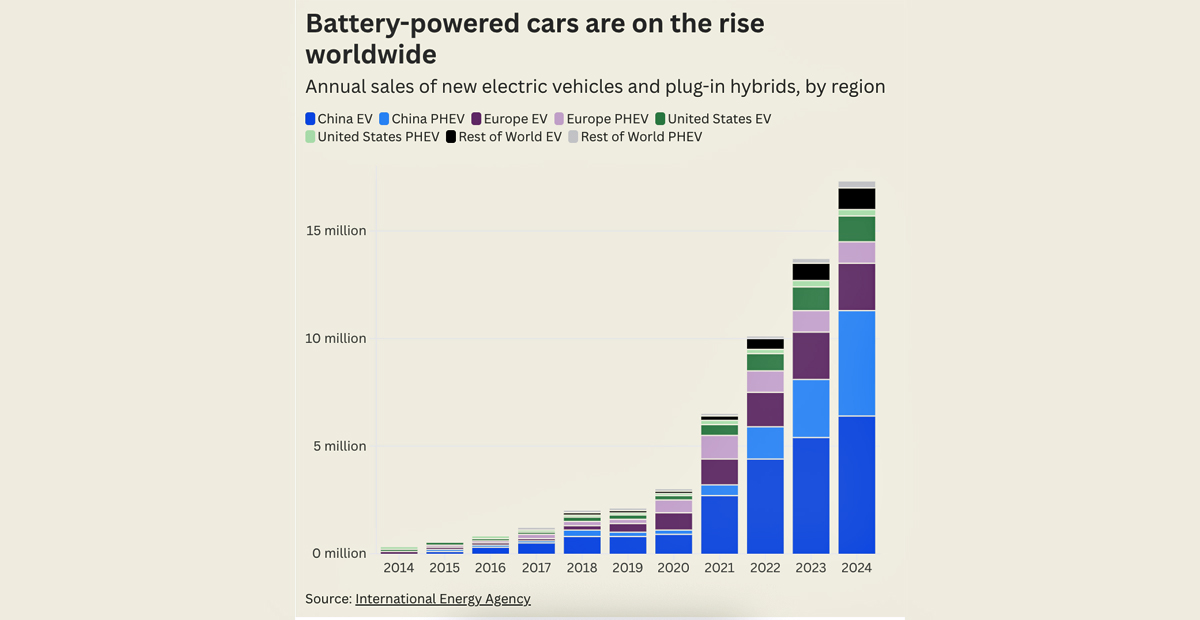
Notable Video
Expert meteorologist Jeff Berardelli (whom you may remember from this C-Change webinar) marked “Show Your Stripes Day” on June 21. This eye-catching chart shows how warm it’s become – and how quickly – around the world. You can find more “warming stripes” charts and information at Climate Central.


